Here are 11 (possibly rubbish) things we miss from old cars

Here are 11 (possibly rubbish) things we miss from old cars
Make absolutely no mistake about it – modern cars are just better than old ones. Remember when 120bhp was considered pretty decent for a family car? Or when any speed over 100km/h meant as much aerodynamic lift as your average Cessna? Or maybe just velour seats that managed to be musty, clammy and filled with electrostatic shocks at the same time? We do. And it sucked.
That’s before we mention the constant breakdowns, crash safety best described as ‘absent’ and rust to rival the Titanic. And even if you didn’t buy something from British Leyland, chances are you’d still have to contend with the creature comforts of your average gulag, the brute power of a AA battery and plastics that wouldn’t make the grade in a McDonald’s tray.
Let’s not forget that, if you were American or Australian, old cars offered fuel economy that really couldn’t even be called ‘economy’ anymore without just declaring the entirety of the English language ‘useless irony’ and learning Esperanto instead.
Truly, cars really weren’t as good as you remember. Even the ones you have tucked away as ‘pretty damn special’ really don’t hold up after a few decades of progress have left them languishing. But that’s not saying that everything’s better in our bright and happy automotive future. That would be like saying that everything is better in our bright and happy future in general, because pretty much everything in that phrase is a lie. So let’s hitch up our hammer pants, lace up our Air Jordans, snap on a slap bracelet and take a stroll down Nostalgia Boulevarde, with the best (and possibly blurst) of all the car things we miss from back in the day.
Air con that's four fan speeds, a slider for recirc and a big button that says A/C

Sure, climate control in your car seems wonderful – set it to your desired temperature (and that of each passenger, if you have multi-zone control) and roll along in computer-controlled comfort. But then you turn a corner and the sun is on your side, so you bump the temperature down and your passenger bumps it up, because it’s still a bit parky on their side. And to get the fan to blow a bit harder, you have to decide whether to go into manual fan mode, ruining the computer’s ideas of how to work the HVAC, or do you plunge the temperature? Well, if you have a climate control system with half degrees, best of damn luck with that. You’ll twiddle the dial like an extra from a 1950s B-movie and realise you’re still not getting enough air, as the computer still thinks that this fan speed is enough. Or you’ll have touchscreen controls... and, by the time you’ve delved into the right submenu, you’ll have also delved into the depths of the nearest drainage channel and will now need another submenu – the one with the keypad to call a tow truck. Really, our point is this: if it’s an automatic system, then why does it still need mucking with 20 times a journey?
Compare and contrast to our first car. It was decidedly special because it a) had air conditioning and b) had air conditioning that almost always worked. And it was the simple job of deciding how cold we wanted the air and just how forcefully we wanted said cold air turbocharged into our face. And, growing up in Australia, the answer was generally ‘all of the cold’ and ‘all of the fan speed’, with the supplemental answer of ‘agh, just got burned by the seat belt buckle again’.
When you were too hot or cold, you turned a dial. Any extremes in temp, you turned another dial. To defrost a window (or your feet), you turned a third dial with easily understandable pictograms. Truck ahead belching smoke? Pull the slider across with a satisfying ‘thunk’ and breathe easy. Now, does anyone want to tell us what was so wrong with that system?
Column shift gearboxes

To carry any more than four passengers these days, your only recourse is to buy something that’s generally ghastly and vastly oversized. This SUV/MPV/WTF will have the proportions (and dimensions) of your average hippopotamus. And, we’d argue, both hippo and vehicle belong in the same place – a scummy pond, far away from where we live.
Back in the... well, let’s go ahead and call them the good old days, riding six or even seven-up was as easy as filling every available inch of seat space, forgoing seatbelts in their entirety and sharing personal space in a way that was totally fine as a child, then exceptionally awkward as a teenager, and is now completely panic-inducing after a year spent under the spectre of COVID-19. And this incredible crush of passengers that’d rival a Japanese commuter train was made possible by one glorious invention: the column-shift gearbox.
With no need for a floor-mounted shifter, the handbrake could be moved in between the driver’s door and seat (with a nifty drop-down feature so you didn’t impale your delicates getting in and out of the car), the centre console was nixed (and good riddance to the useless receptacle of junk) and an entire useable seat plonked in their place. Our grandad’s car was a gigantic estate with bench seats front and rear for six legal seats – say, our entire nuclear family and two grandparents – which meant that three adults could get soused down at the club, two children could drink enough creaming soda to bring back the 1950s and only one adult had to fold the other five back in the car for the trip home. It was sheer brilliance, and we kick ourselves to this day that we didn’t offer to buy it before dear Grandpa replaced it with a boring saloon. Oh, and did we mention that this six-seater estate (with a straight-six engine, mind) had a column-shift manual?
You’ve likely seen the American-style column-shift auto (which continues to this day in a select few cars), but you haven’t experienced old-school joy until you’ve mastered a three-on-the-tree manual. Towards you and down for first, up and away for second, then straight down from second for third. Reverse? Towards you and up, of course. It was simply glorious to behold and to experience. Paired with a bench seat, it was Shangri-bloody-La on wheels.
CD changers in the boot

The 10-stacker in the boot had a precipitous fall from grace. Back when it first came out, it was the coolest way to show off your latest Phil Collins CD, remembering that at the time, Phil Collins was cool. The 1980s were just not as good as people remember.
Technologically, we’ve come a long way. You can now stream whatever song a gigantic American corporation has the rights to, and play it through your car stereo without plugging in a single cord.
Unfortunately, this bevy of tech engenders a fresh pile of scorn, ready to be dropped from a great height at the concept of the faithful CD changer. “You carried CDs around with you all the time? In a huge wallet? And they’d only hold one album on each one? And you put them in a CD magazine, which fit in a shoebox-sized player in the boot? Yeah, sounds great, Grandpa. Tell me again how convenient that was.”
Well listen here, young whippersnapper – you might learn something. With a CD changer, there’s no fiddling with Bluetooth connection, no spotty playback from Spotify because you’ve strayed beyond the reaches of phone reception, no ‘Compu’er says no’ moments between your phone and Android Auto. And no resorting to ‘We tell you what’s good, then play it until you like it’ radio. Just hop in, turn the key and warm your soul with perfect-quality recordings of your favourite tracks.
All through university, we had the same 10 mix CDs in the CD changer of our seriously depreciated old limo. And before you go saying, “Well, that’s clearly not enough music for my eclectic tastes,” just know that we like pretty much everything from Mahler to Meshuggah and... no, there’s just not enough space in 740 minutes (10 CDs, 74 minutes each, for those young’uns who have no idea how CDs work) to cover absolutely everything.
But it’s definitely enough for an absolutely killer 12-hour road trip soundtrack. It takes a bit of prep to nail the mix CDs ahead of time, but, like we said, three years and no changes in the changer. Now think about how many skips you did on Spotify the last time you drove.
Small wheels and thick sidewalls

Depending on just how many sunsets you’ve seen off, you may remember a time when only the sportiest, maddest cars stretched to 17-inch wheels. You may also remember the consternation that decision tended to earn from contemporaneous motoring writers, who fretted about the effects of low-profile tyres on the ride.
Fast-forward a few more years than we’re at all comfortable realising are now behind us, and... well, motoring writers are still fretting about low-profile tyres. But hear us out on this one – our family estate came new with 19-inch wheels. TG-award-winning hot hatches rock 20-inch rims like it’s normal. Land Rovers – Land Rovers – roll off the line with 22-inch wheels. If it keeps going the way it has been, cars will just look like stagecoaches again in a couple of years.
It used to be that wheel size increased to cover bigger brakes. Large wheels and lithe tyres became bywords for performance, so cars that had no need to (and some would say no right to) started wearing wheels big enough to fit a mining truck. To us, nothing (well, nothing inanimate) looks quite as stupid as a puny set of discs tucked behind wheels that span about as far as your average bridge.
Now, unless you drive something from the ‘got mine, get lost’ range of the VW Group – Lambo Urus, Bentley Bentayga and so on – you’re not going to need anything approaching 22-inch rims to clear your brakes. And yet the march of the outsized and oversized wheel continues.
Look, we know why – modern cars are huge, have high bonnets for pedestrian crash safety, then have high beltlines so the high bonnet doesn’t make the side profile of the car look like a two-year-old’s first forays with Duplo. If you then add small wheels to the mix, it ends up looking as proportionally balanced between body and wheels as your average grand piano.
We don’t want to maim pedestrians any more than your average man on the street, so we understand building cars to cause as little grief to those outside our car as well as in it. But we’re wondering if that pedestrian-friendly legislation has any provisions in it with regard to three-tonne, all-terrain leviathans with bonnets taller than most 12-year-olds. Because the prospect of getting smacked by a mobile edifice worries us more than rolling up the bonnet of an old Honda CRX.
Instead of punishing cars for shortfalls in pedestrian-safety initiatives, we’d suggest converting the bulk of city streets for pedestrian use, reducing the likelihood of trammelling a wandering tourist who forgot we drive on the other side of the road over here. We could then return to smaller cars with good visibility, low bonnets and great brakes – which don’t need to be anywhere near as big now for the same braking efficacy. And, while we’re flush with actually doing things properly and for the right reasons, we could even return to smaller wheels and cheaper, comfier and – yeah, we’ll say it – cooler high-profile tyres.
Thin pillars

Again, we know why modern pillars – A-pillars in particular – are now the thickness of Nelson’s Column. No snickering down the back.
It’s because it takes more than a spindle-thin strip of metal to survive a rollover – and, crucially, allow the occupants to survive. And we’re not in the habit of arguing against things that save lives. We’ll leave that to anti-vaxxers.
But – and stop us if this sounds too much like the kind of treasonous common sense that earns you exactly no friends these days – what if we made cars lighter? Then, given that force equals mass multiplied by acceleration, there’d be less force on the pillars in a rollover. Which means they could be thinner again.
Then, just maybe, we could lobby for a few up-spec materials in the A-pillars at least, so we’re not trying to look out for meandering mopeds from behind a pylon that’d be overkill in a skyscraper?
Even beyond the whole ‘avoiding traffic is much easier if you can see it’ safety angle, have you ever got behind the wheel of an old car? The second thing you notice – right after the intoxicating aroma of a decades-old interior – is just how light and airy it feels in the cabin. Compare and contrast to the modern car, which feels like a pillbox with Carplay.
While we’re daydreaming about what could be if we can just figure out a safe version of what already was, who here has love in their heart for the hardtop? To us, nothing drips with quite as much low-key cool as an old American hardtop coupe – you know, the land yachts that still only manage two doors and five seats, but have an uninterrupted space between the windscreen and the rear window – no B-pillars need to apply. Roll down the windows – including the small rear ones – and there’s a yawning air gap down each flank of the car, inviting the outside in. Maybe we watched Dazed and Confused once too often but, to us, a coupe hardtop is inextricably linked to cruising the empty streets on a hot summer night, feeling that what you’re doing is exactly what you ought to be doing. Get on board, man. It’d be a lot cooler if you did.
Actual switches to control things
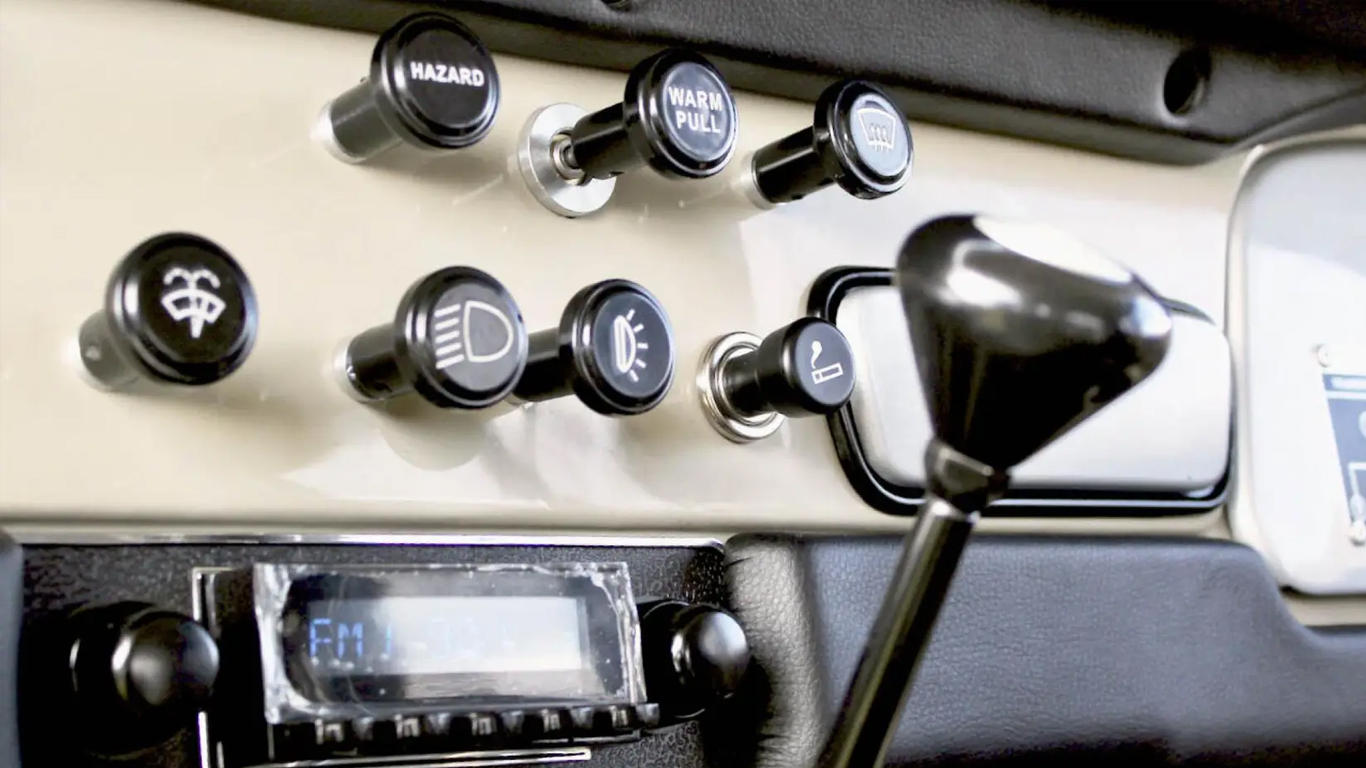
Er, actually, the title of this one pretty adequately explains what we’re driving at. Buttons. Each with just one function. Press it and that function happens. Press it again and that function stops. To make sure the dashboard doesn’t look like the cockpit of the space shuttle, don’t load the car up with hundreds of trinkets and toys it doesn’t need. Trip computer? Don’t need it. There’s a fuel gauge; fill up when it starts leaning backwards. Cruise control? That’s a lever behind the steering wheel, champ. But we can do without that, too. We have this new thing called ‘ankles’. Climate control? Uh uh. We made our thoughts clear on that one already – regular air-con is all we need. With buttons, friendo.
Call us Luddites all you want – if there are so many features that they have to be buried in touchscreen submenus, we can do without. Go on – think long and hard about what you actually achieve every time you dive into the ‘infotainment’ system. Everything you actually need – and actually use – could get its own button with just a handful of little plastic rectangles. Check out an Eighties Porsche 911 if you need an example.
Proper gauges and instruments

On the topic of classic 911s (and bypassing the whole ‘we can’t afford one so everything sucks’ rant that usually follows us bringing it up), let’s talk about gauges. Sure, it’s not the best thing about old 911s, but it is one more thing that Porsche got so, so right.
Putting the tachometer in the centre rightly gets a lot of praise, given the 911’s intentions and ability, but look at the dashboard again, this time from a 2021 perspective. We were going to try to shoehorn in a ‘2020 hindsight’ joke in there but, considering just how flipping awful 2020 was, even in hindsight, we’re going to leave that exactly where it is.
But back to the dashboard. Tachometer in the middle, flanked by speed on the right and oil temp/pressure on the left. Most important info, right there. Then, on the wings, a fuel and oil level gauge on the left and a simple analogue clock on the right. All the information you need and nothing you don’t. You could argue that a voltmeter should make the grade – and yeah, fair play. But, like we said before, now look at it from a modern standpoint. Cars that go to the customer without even an engine temperature gauge. Or if they do have a gauge, it sits at one temperature, rock solid, as if sitting in traffic doesn’t raise the coolant temp.
Why? Well, this one’s the customer’s fault. Mazda’s oil pressure gauge in the original MX-5 displayed the precise oil pressure, which – given that the oil pump runs off the engine – goes up and down with engine speed. The story goes that… let’s say uninformed MX-5 drivers became concerned with a flailing gauge in their eyeline and brought their new car back to the dealer with warranty claims on their minds. In subsequent MX-5s – post 1995, by most accounts – the oil pressure gauge would sit motionless in the middle of the spectrum if oil pressure was anything approaching decent.
So, because most of us don’t (or don’t want to) understand how engines work, we now have dumbed down or absent gauges. And because many more among that number don’t care about their car, as long as it keeps driving, we get little warning lights that tend to get ignored and limp-home mode when the car – to use the parlance of our times – can’t even.
What we’re saying is that this is on you. Or if not you, then someone you know and love.
Standardised stereo size
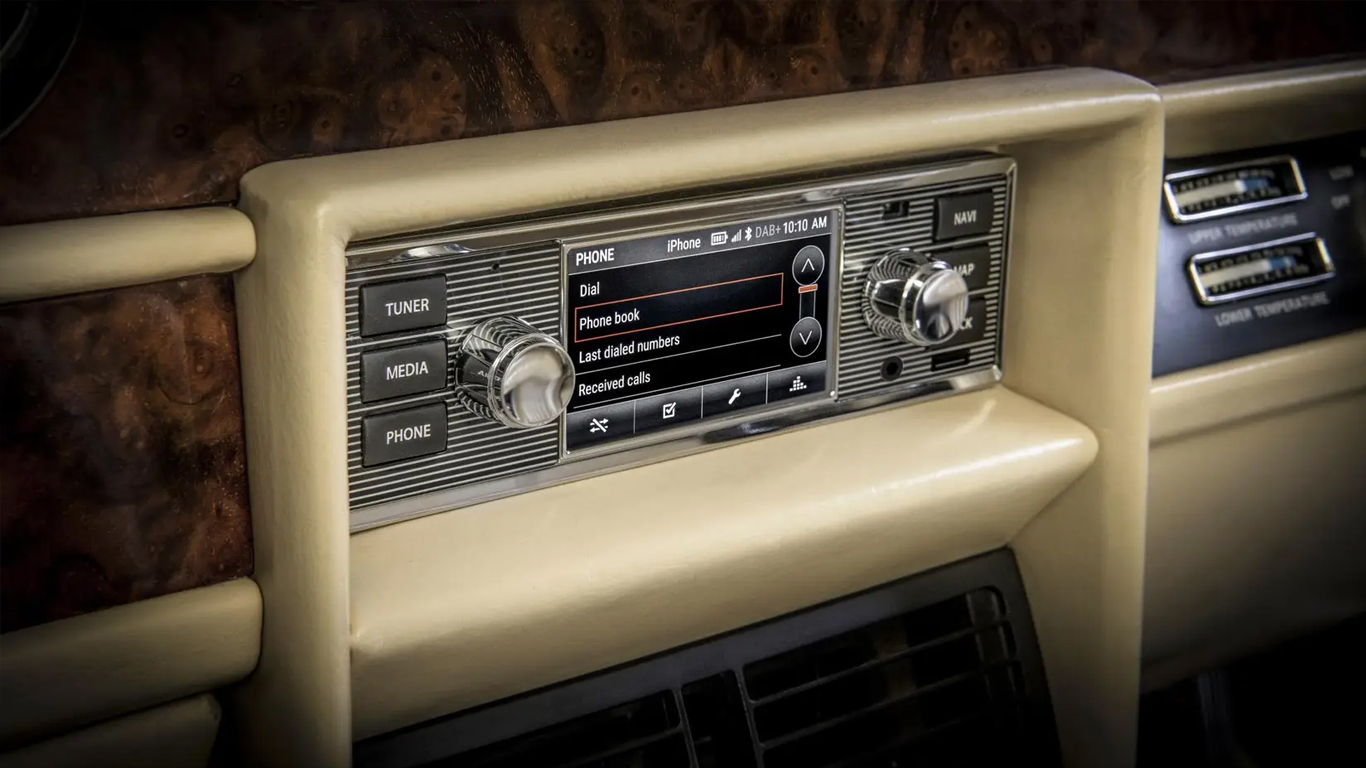
Tony Soprano once said, “‘Remember when’ is the lowest form of conversation". And if he weren’t a fictional character, we’d be much more reticent about beginning the next sentence.
Hey, remember when car stereo sizes were standardised? There’d be a standard slot in your dashboard, in which any ‘single DIN’ stereo would fit perfectly. And if you had an upmarket sort of car, chances were that you’d have a ‘double DIN’ and could fill the space with a huge, expensive music maker – or at least a single DIN stereo and a moulded rubber bung that’d turn the empty space into a handy storage cubby. Those really were the days.
Well, except for the rampant stereo theft that swept our little island nation, and many others – even some big ones. Because any stereo would fit any car, thieves had a huge potential market to sell to. And if your early Nineties car happened to have a nice aftermarket stereo (or whatever passed for nice back when making the 16-segment displays do a little dance was the height of sophistication), then it’s bad news for you, your driver-side window and your insurance company.
But now, if you’re not a fan of the stereo your car came with, the very best of luck trying to replace it. Even if the stereo itself is still a standard size – and chances are it isn’t – trying to replace your flush-mounted stereo involves ripping half the dash apart. And even then, the ‘infotainment unit’ will be wired into a separate screen, a head-up display, the climate control system and god knows what else. And you’ll find a few unhappy things: cheap stereos won’t exist, pricey stereos still won’t play nicely and only the standard one will ever work properly. Right up until it doesn’t.
Proper multiband equalisers
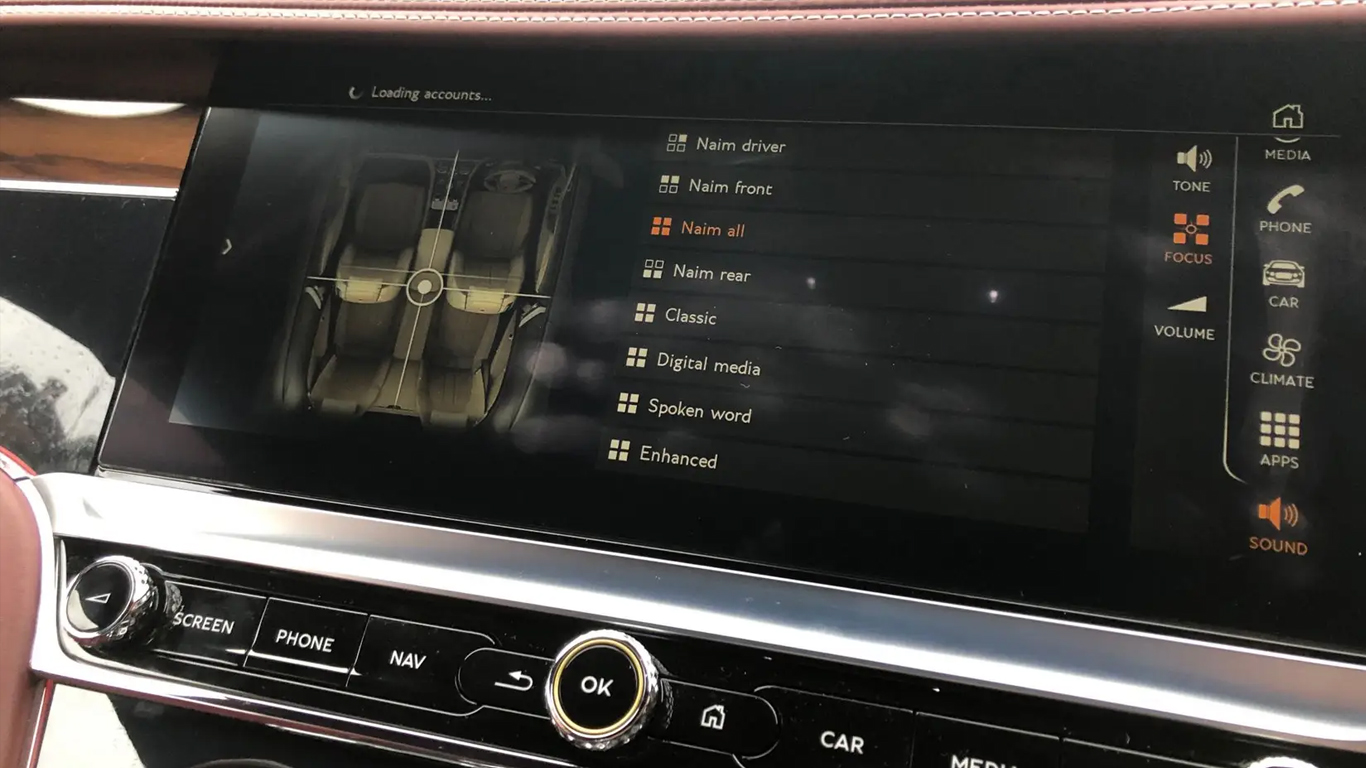
While we’re on the subject of proper stereo size, let’s talk about proper stereo control. How is it, exactly, that we can play roughly any song we like from the internet to a small rectangle in our pocket and through the stereo with hardly a hiccup, but then we’re left to muddle through with a crappy bass-mid-treble control hidden down a rabbithole of submenus?
The whole point of an equaliser is to be able to tune your sound properly. Human hearing generally extends from 30Hz to 18,000 or so, depending on how many heavy metal concerts you’ve been to. Dividing 18,000 different frequencies into just three parameters leaves a lot to be desired in terms of adjustment. Or, if you pay through the nose for a stereo, you get a whole bunch of broadly unintelligible choices that muck with the music, trying to make it sound like its being played in Albert Hall or something.
Old-school aftermarket stereos – the good ones, that is – offered five, eight and even 10-band EQ to really dial the sound in and get the most from your speakers. OK, sure, this one’s a bit of a niche one. But music is basically the only thing that humanity has created where every emotion is reflected, every experience shared and every answer is the right one. Unless it’s Insane Clown Posse, of course.
Manual door locks
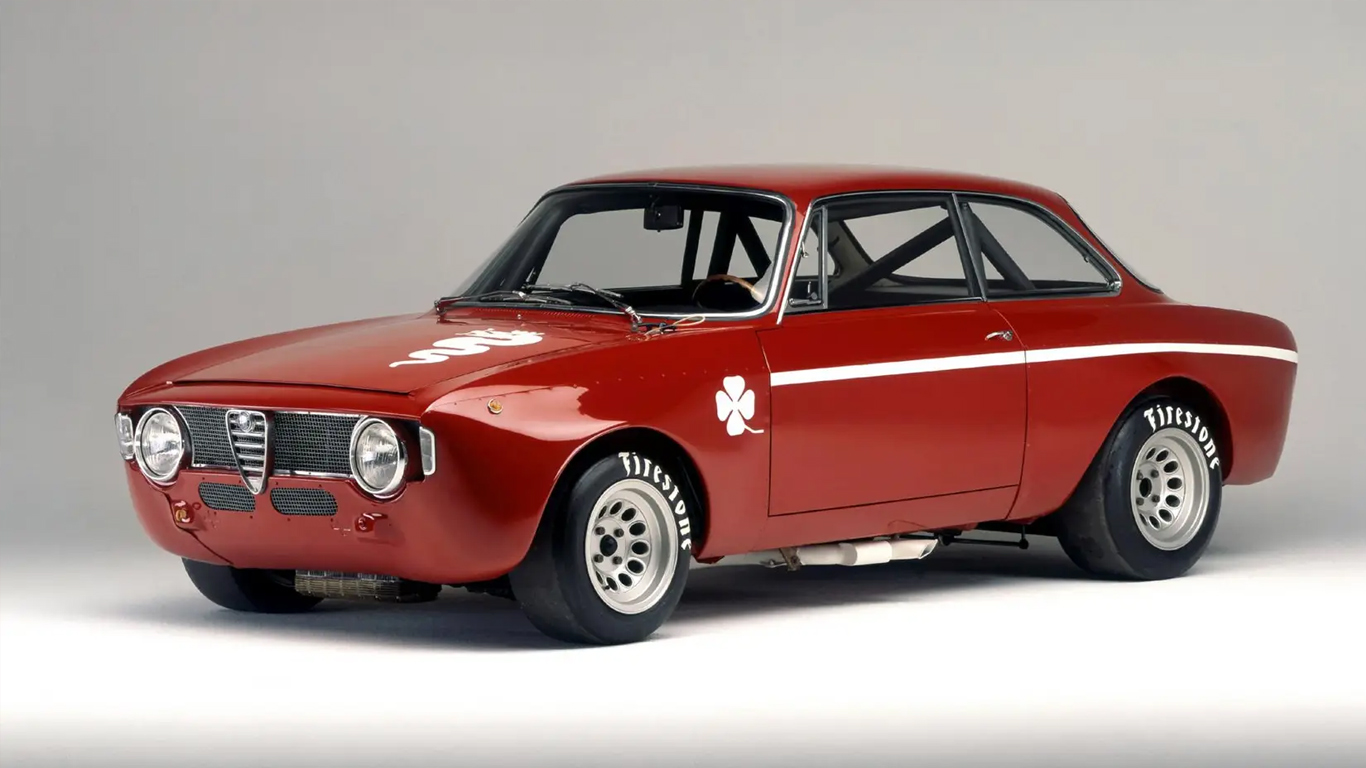
OK, so manual door locks are hardly the most secure things in the entire world, so as long-lived, lightweight and lovely (OK, the last one is just our opinion) as manual door locks are, you’ll need something like a kill switch, tyre locks or a lock-up garage to keep your pride and joy safe from the light-fingered and morally flexible.
But the joys of a mechanical lock... well, again, this might be just us, but manipulating something mechanical and seeing the result is such a satisfying transaction. Like a fountain pen or mechanical watch, there’s such joy in the intricacy and mechanical action involved in actual moving parts having an actual result.
Plus, with manual locks, you can unlock the driver’s door, get in and then keep your passengers out for as long as the joke will hold. It’s doubly funny if it’s particularly cold or rainy weather. Just us?
Box arches
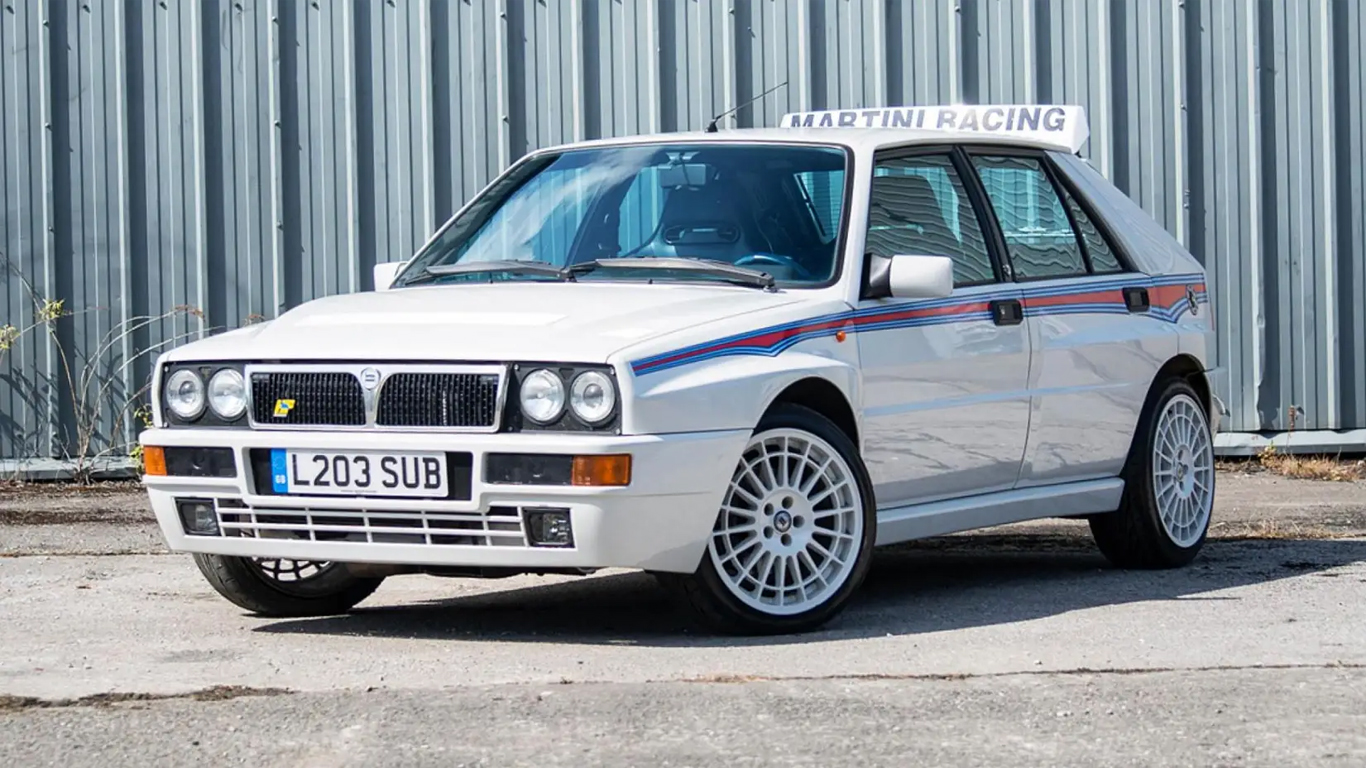
Janis Joplin may have invoked religious royalty in her efforts to get a Mercedes (and make amends for not having one before, to teach all her Porsche-driving ‘friends’ a thing or two), but for us, in excelsis deo is always going to be a Lancia.
And, for a lot of people of our vintage, the apotheosis of Lancia isn’t the Stratos, 037 or giant-killing Fulvia HF, but the... well, Goliath of Group A – the Delta Integrale. And if it doesn’t have a shot at the title of Best Box Arches of All Time, we’ll eat our copy of Sega Rally.
And box arches, in case you’re new around here, are basically the best thing ever. They make the boring interesting, the good sublime, and the great legendary.
What they also do is increase wind resistance, and have therefore been sacrificed at the altar of efficiency. So, it’s okay to load a car up with seats that heat or cool, slide in 10 different directions at the touch of a button and basically have every function up to a bidet, but a worse drag coefficient is apparently off the cards. We can have gigantic alloy wheels which, apart from ruining the ride, becoming pothole magnets and generally looking like Xzibit is about to pop out and give you a tour of ‘your new ride’, are also absolutely ghastly for fuel economy and even acceleration. This is down to unsprung mass and the attendant moment of inertia as you move unsprung mass further away from the axle. But 22-inch alloys are fine, of course, as long as no one mucks up the aerodynamics with those pesky box arches.
If it’s all the same, We’d opt for a 16V Integrale with the standard 15-inch wheels and box arches you could smuggle a donkey in – you know, if that was the kind of thing you were interested in using a rally homologation special for.
TEXT Craig Jamieson





